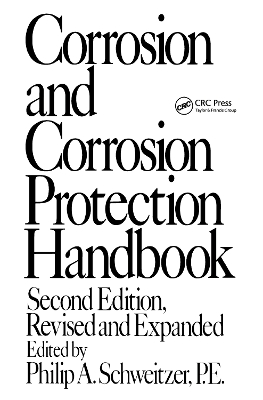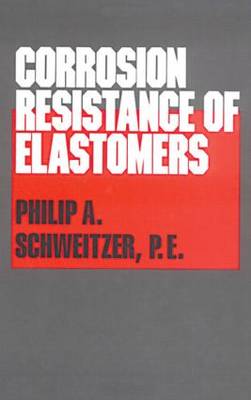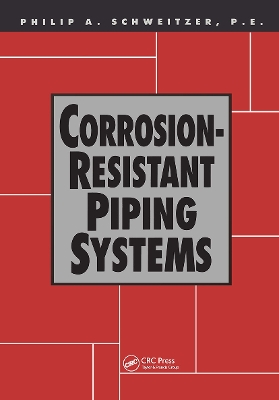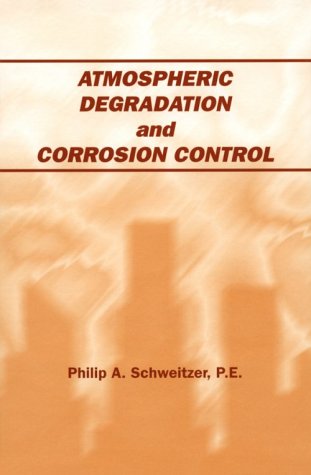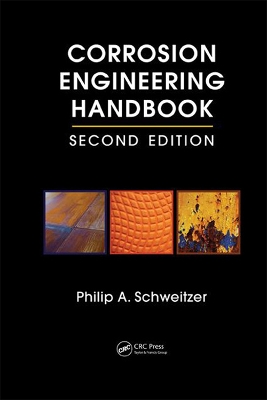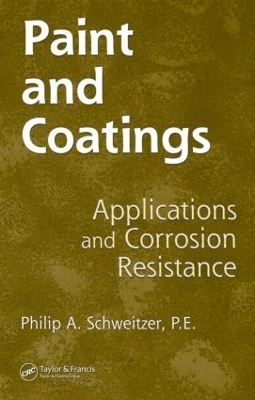Corrosion Technology
4 primary works • 7 total works
Book 1
Book 3
Saving readers time and money, and sparing them the agony of correcting bad choices, is of immediate benefit to materials, chemical, mechanical, civil, metallurgical, packaging, product development, maintenance, and environmental engineers; architects; industrial and household product designers; and advanced undergraduate students in these disciplines.
Book 5
Book 12
Corrosion can be both costly and dangerous, resulting in product contamination or loss as well as structural instability and premature failure. This handbook contains information necessary for ensuring that, regardless of the structure being built, the materials selected for construction will minimize corrosion and its consequences.
Nearly t
Encyclopedia of Corrosion Technology
by Schweitzer, Philip A Schweitzer, and Philip a Schweitzer P E Schweitzer
Paint and Coatings: Applications and Corrosion Resistance helps designers, engineers, and maintenance personnel choose the appropriate coatings to best protect equipment, structures, and various components from corrosion, degradation, and failure.
The book addresses all factors - including physical and mechanical properties, workability, corrosion resistance, and cost - that need to be considered in selecting the material of construction for application-specific components. The first chapters provide a background of the principles of coatings, the theory of adhesion, and the importance of surface preparation. The remaining chapters address paint systems and the different types of coatings, including organic coatings for immersion applications, metallic coatings, conversion coatings, cementitious coatings, monolithic surfacing for concrete, tribological synergistic coatings, and high temperature coatings. Each category includes the method or methods of applications, areas of application, and corrosion resistance properties. The book also includes tables that compare various coating materials in the presence of selected corrodents.
Paint and Coatings: Applications and Corrosion Resistance is an essential guide for those involved in the design, material selection, and maintenance of structures, equipment, plant facilities, and miscellaneous components.
